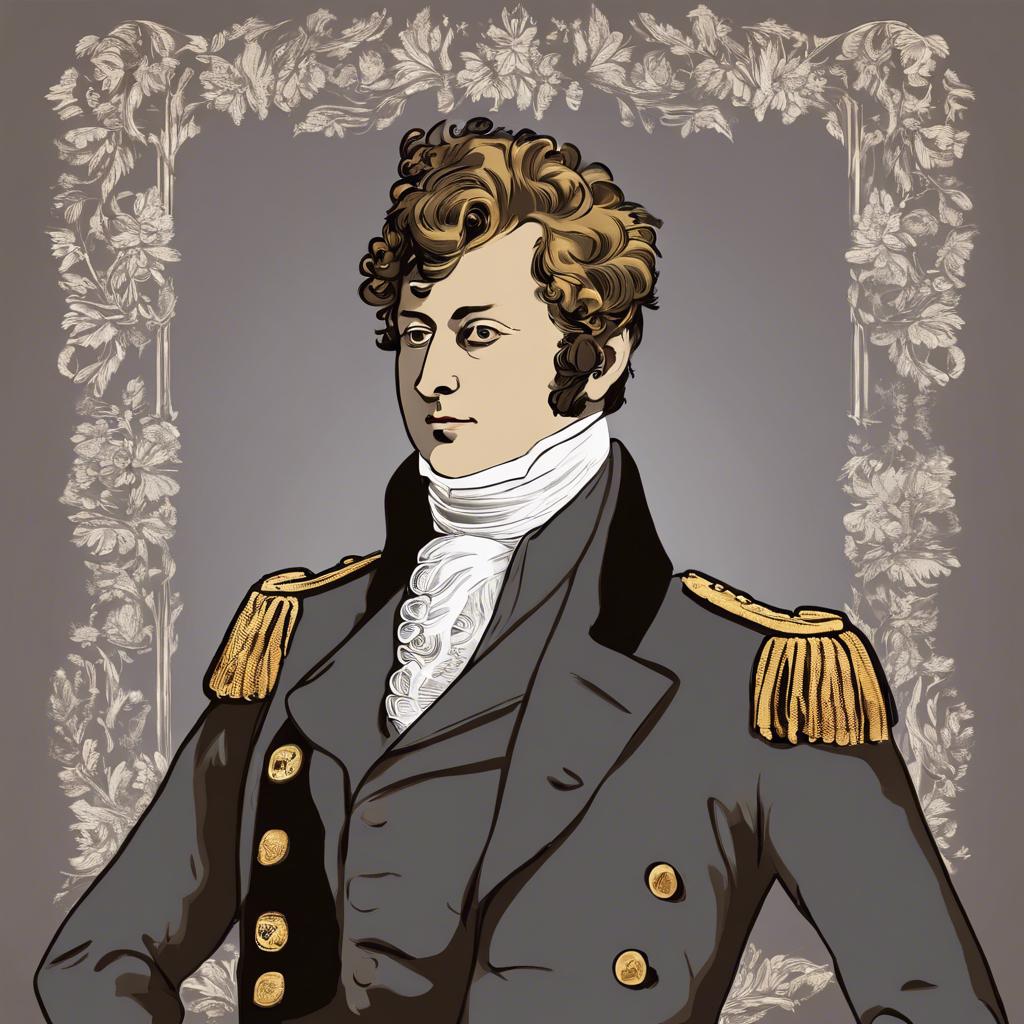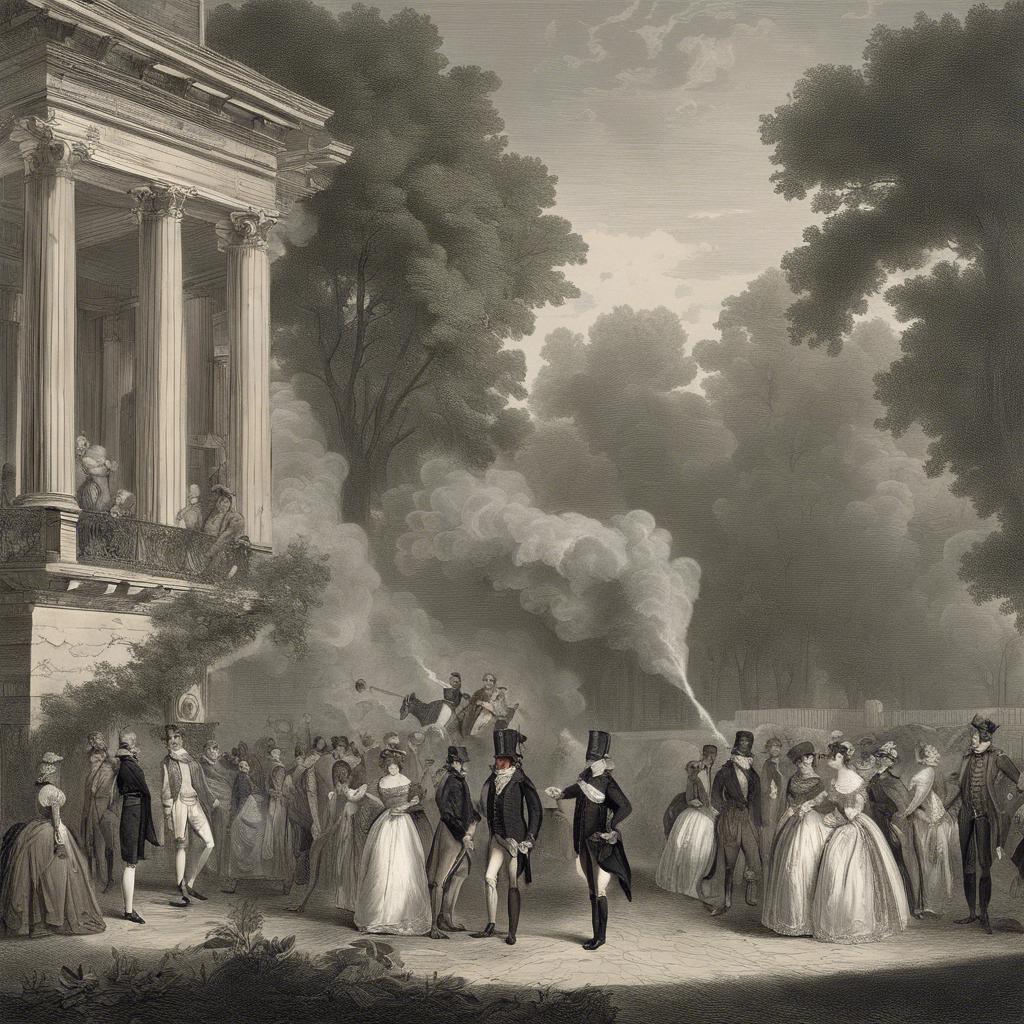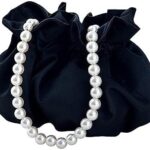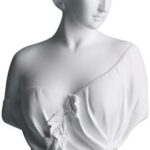During the Regency era in British history, spanning from 1811 to 1820, a transformational period unfolded that altered the social, political, and cultural landscape of the nation. Marked by the rule of Prince Regent George IV in place of his father, King George III, this era saw significant shifts in fashion, literature, and architecture, as well as the rise of industrialization and global conflicts. In this article, we will explore the key events, figures, and developments that shaped the Regency era and left a lasting impact on British society.
Step Into the World of Cheryl Bolen
Dive into the enchanting stories of love, intrigue, and elegance set in the Regency Era. Cheryl Bolen's novels offer timeless romance and captivating tales that will leave you wanting more.
Explore Cheryl Bolen's Books Now
– The Rise of the Prince Regent: George IV in the Regency Era
During the Regency Era, the Prince Regent George IV took the throne of England in place of his father, King George III, who had become unfit to rule due to mental illness. This period, which lasted from 1811 to 1820, was marked by significant social, cultural, and political changes in British society. Here are some key events that took place during the Regency Era:
-
Napoleonic Wars: The Regency Era was overshadowed by the ongoing Napoleonic Wars, which lasted from 1803 to 1815. These wars had a profound impact on British society, economy, and politics, as the country faced the threat of invasion from Napoleon Bonaparte’s forces.
-
Industrial Revolution: The Regency Era saw the height of the Industrial Revolution in England, with rapid advancements in technology and industry. This period saw the rise of factories, steam-powered machinery, and urbanization, leading to significant social and economic changes.
-
Cultural Flourishing: The Regency Era was also a time of cultural flourishing, with a renewed interest in the arts, literature, and architecture. This period saw the rise of Romanticism in literature, the development of Gothic architecture, and the popularity of Regency fashion and design. Prominent figures such as Jane Austen, Lord Byron, and John Constable emerged during this period, leaving a lasting impact on British culture.
– Fashion and Society: A Closer Look at Regency Englands Elite
During the Regency era in England, the elite class experienced a significant shift in fashion trends and societal norms. As the Prince Regent assumed power in place of his father, King George III, a new sense of extravagance and luxury emerged among the aristocracy. This period, lasting from 1811 to 1820, was characterized by opulent ball gowns, tailored suits, and elaborate accessories that defined the fashion of the upper class.
One of the most iconic symbols of Regency fashion was the high-waisted empire silhouette for women. This style featured a fitted bodice and a flowing skirt that accentuated the natural waistline, creating a romantic and ethereal look. Fabrics such as silk, chiffon, and satin were commonly used, often embellished with intricate embroidery, lace, and beadwork. Accessories like gloves, fans, and jeweled hairpieces completed the ensemble, adding a touch of glamour to the attire.
For men, the Regency era brought about a resurgence of classical styles inspired by ancient Greek and Roman aesthetics. Tailored coats with regency era men”>high collars, snug-fitting trousers, and cravats became fashionable choices for the elite gentlemen. Brocade fabrics, velvet trimmings, and polished leather shoes were popular among the upper class, exuding an air of sophistication and refinement. the fashion of Regency England reflected the luxurious and indulgent lifestyle of the elite during this transformative period in history.
– Wars and Revolutions: Political Turmoil and International Relations during the Regency Era
Wars and revolutions were a significant aspect of the Regency Era, shaping political turmoil and international relations during this period. One of the major conflicts that took place was the Napoleonic Wars, which lasted from 1803 to 1815. This series of wars involved Napoleon Bonaparte’s French Empire and various coalitions of European powers, leading to widespread destruction and loss of life.
Another important event during the Regency Era was the Latin American Wars of Independence, which saw many countries in Latin America fight for their freedom from Spanish colonial rule. Countries such as Mexico, Argentina, and Chile successfully gained independence during this time, marking a turning point in international relations and the balance of power in the Americas.
The Regency Era also witnessed a number of revolutions, including the Greek War of Independence, which began in 1821. The Greek revolutionaries fought against the Ottoman Empire to establish an independent Greek state, ultimately receiving support from several European powers. These revolutions often had far-reaching implications for international diplomacy and alliances, reshaping the political landscape of the era.
– Notable Literature and Art from the Regency Period
During the Regency Period, spanning from 1811 to 1820, England saw a significant shift in both literature and art. Some notable literary works from this era include Jane Austen’s classic novels such as “Pride and Prejudice” and “Sense and Sensibility.” These works are characterized by their social commentary, wit, and exploration of relationships within the upper class.
In the realm of art, the Regency Period saw the rise of the Romantic movement, with artists like J.M.W. Turner creating stunning landscapes that captured the beauty and power of nature. Additionally, the architecture of the time, such as John Nash’s regal buildings in London, reflected a renewed interest in classical design and grandeur.
the Regency Period was a time of transition and innovation in both literature and art. The works produced during this era continue to captivate audiences today, offering a glimpse into the culture and society of early 19th-century England. From the elegant prose of Austen to the dramatic landscapes of Turner, the creativity of the Regency Period still resonates with audiences around the world.
In Retrospect
the Regency era was a transformative period in British history marked by political instability, cultural vibrancy, and social change. The Regency era saw the rise and fall of powerful figures, the Napoleonic Wars, the industrial revolution, and the birth of the modern monarchy as we know it today. As we reflect on the events and developments of this era, we gain a deeper understanding of the foundations upon which our contemporary society is built. The legacy of the Regency era continues to shape our world in profound ways, reminding us of the importance of adaptability, resilience, and progress in times of uncertainty. As we look back on this pivotal period in history, we are called to honor and learn from the experiences of those who came before us, in order to pave the way for a brighter future.


